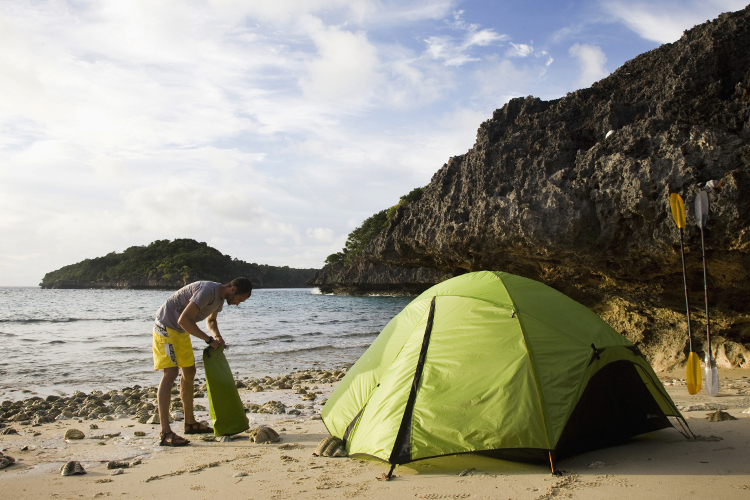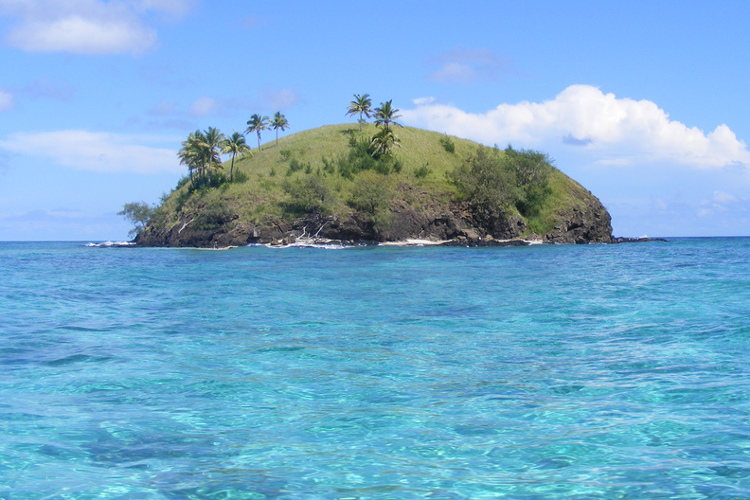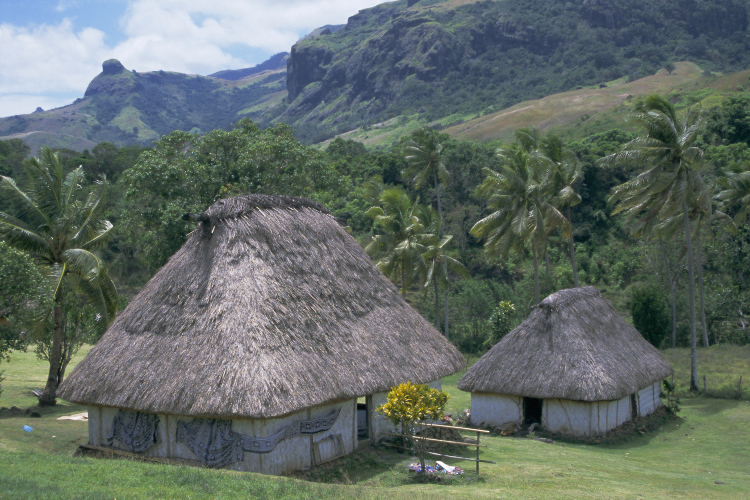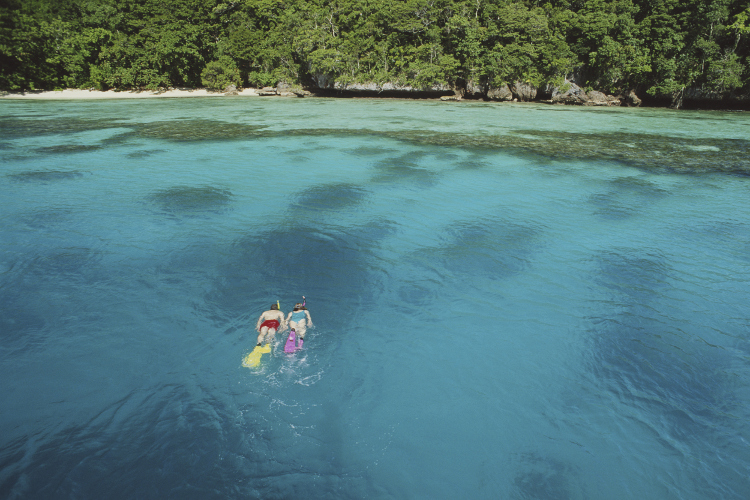
Perhaps the best known of the islands on this list, Taveuni has its resorts clustered to the north, but the island still feels rugged and forgotten thanks to the Bouma National Heritage Park that protects 80% of the pristine, rainforest-dense land. Take the Lavena Coastal Walk along the untamed southeast coast, climb 1195m-high Des Voeux Peak in search of Fiji’s incredibly rare, emblem flower, the crimson Tagimaucia or simply visit the authentic villages around the island where you’ll likely be invited into the homes of the friendly locals. Offshore are the even more remote Qamea and Matagi, which also have resorts but are mainly the domain of jungle, empty beaches and remote villages.
Kadavu and Ono are two, nearly road-free, rainforest-clad and incredibly friendly isles bordered by the Astrolabe Reef, one of the country’s best yet-little visited diving and fishing haunts. Again, there are resorts, and you’ll probably need to stay in one since it’s very difficult to get around otherwise, but each is isolated and gives a sense of having voyaged to the edge of paradise. Walk to traditional villages, look for the many rare and colorful birds that thrive here, or snorkel the island’s several manta ray hot spots.

Fiji’s biggest island feels a little like the Wild West. There are resorts along eastern part of the south coast around yachties favorite town Savusavu, but much of the rest of the island requires a 4WD and a fairly well developed sense of adventure to explore. In the heart of the island lie the ruins of Nukubolu, an ancient village complete with old stone foundations, a volcanic crater and hot springs. Or head to the island’s main town, Labasa, which runs on the sugar cane industry and Bollywood music. You’ll see nary a tourist and feel like you may have been sent down a wormhole to India. To get even farther off track head to Vanua Levu’s smaller outlying islands like Namenalala, which has one eco-oriented resort and has some of the most pristine coral reefs in the whole country.
Levuka on Ovalau was once Fiji’s capital but it’s hard to guess that now with the empty streets and slow pace of life. The one reminder of the island’s glory is the unusually well-preserved (for the South Pacific anyway) turn of the century, colonial, wooden architecture. The rest of the island has dirt roads, small friendly villages and rugged crater slopes to hike.
Several smaller offshore islands are where to go for beaches, including a great backpacker spot on Caqalai Island Resort or, for slightly more comfort head to Leleuvia Island Resort on Leleuvia. Waka Club on Wakaya is one of Fiji’s most exclusive resorts, and is perfect if you crave luxury (and are trying to avoid the paparazzi).

The other islands we’ve mentioned are relatively easy to get to and have a fair amount of tourist infrastructure but the Lau Group does not. This is where the real trail blazers go, those who are not afraid of cargo ships and who have plenty of time to get stuck, lost or both. But the reward is great. Empty beaches, coral atolls surrounded by thriving corals, and intensely blue waters. Flights are irregular and even cargo ships are infrequent. The most common method used by visitors to reach these remote isles is by privately owned sailboat – check the Fiji’s marinas or latitude38.com to search for crewing options where you may be able to hitch a ride.

Rotuma is its own little world, more Polynesian than rest of Fiji which is mostly Melanesian. Not only is the island remote and difficult to get to, but the islanders themselves voted to stay closed to tourism. Nowadays you need an invite to visit, which deters most people. Once there expect a warm welcome, a very traditional lifestyle and lots of hiking along lush slopes with views over incredibly pristine blue waters.